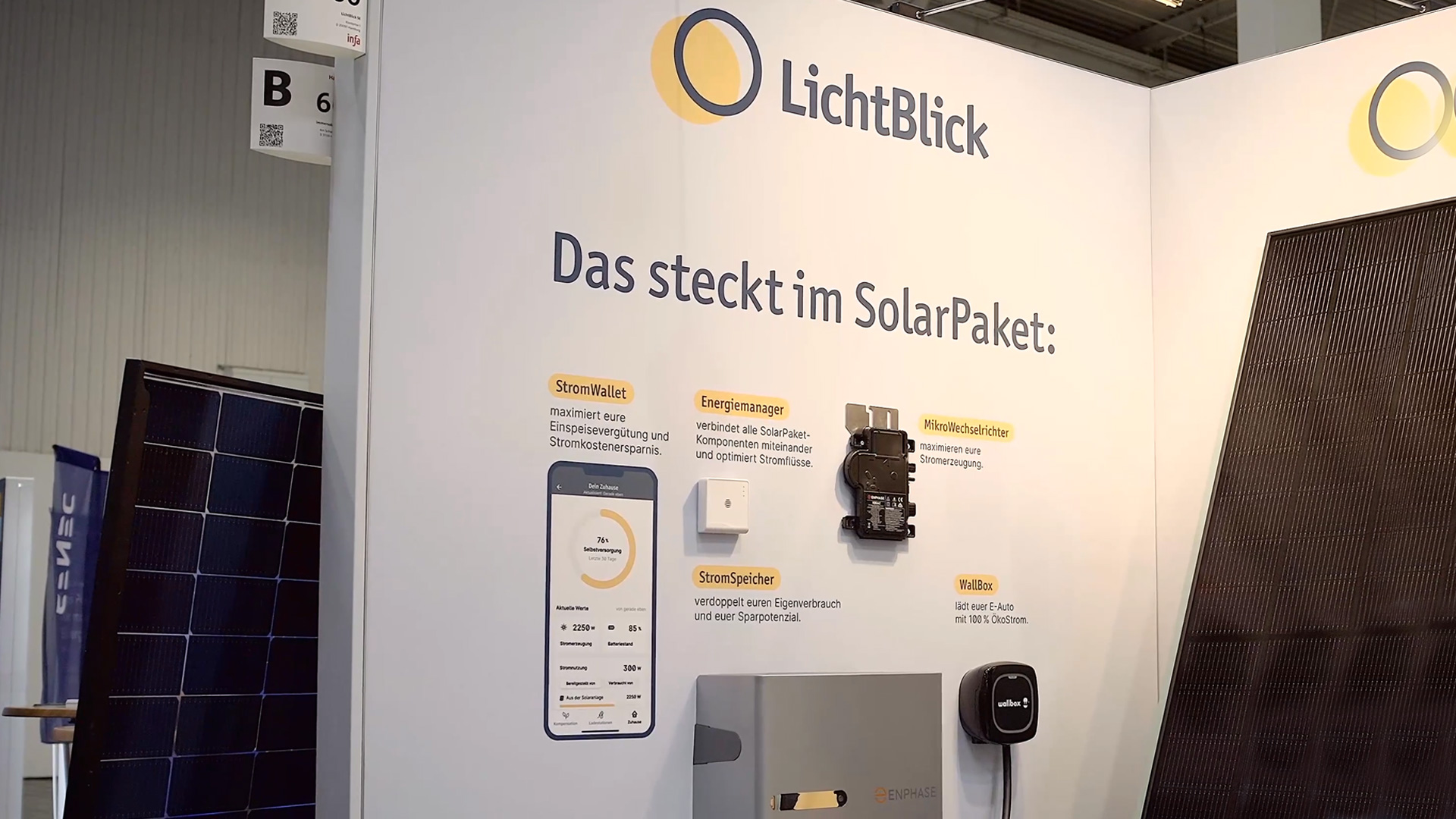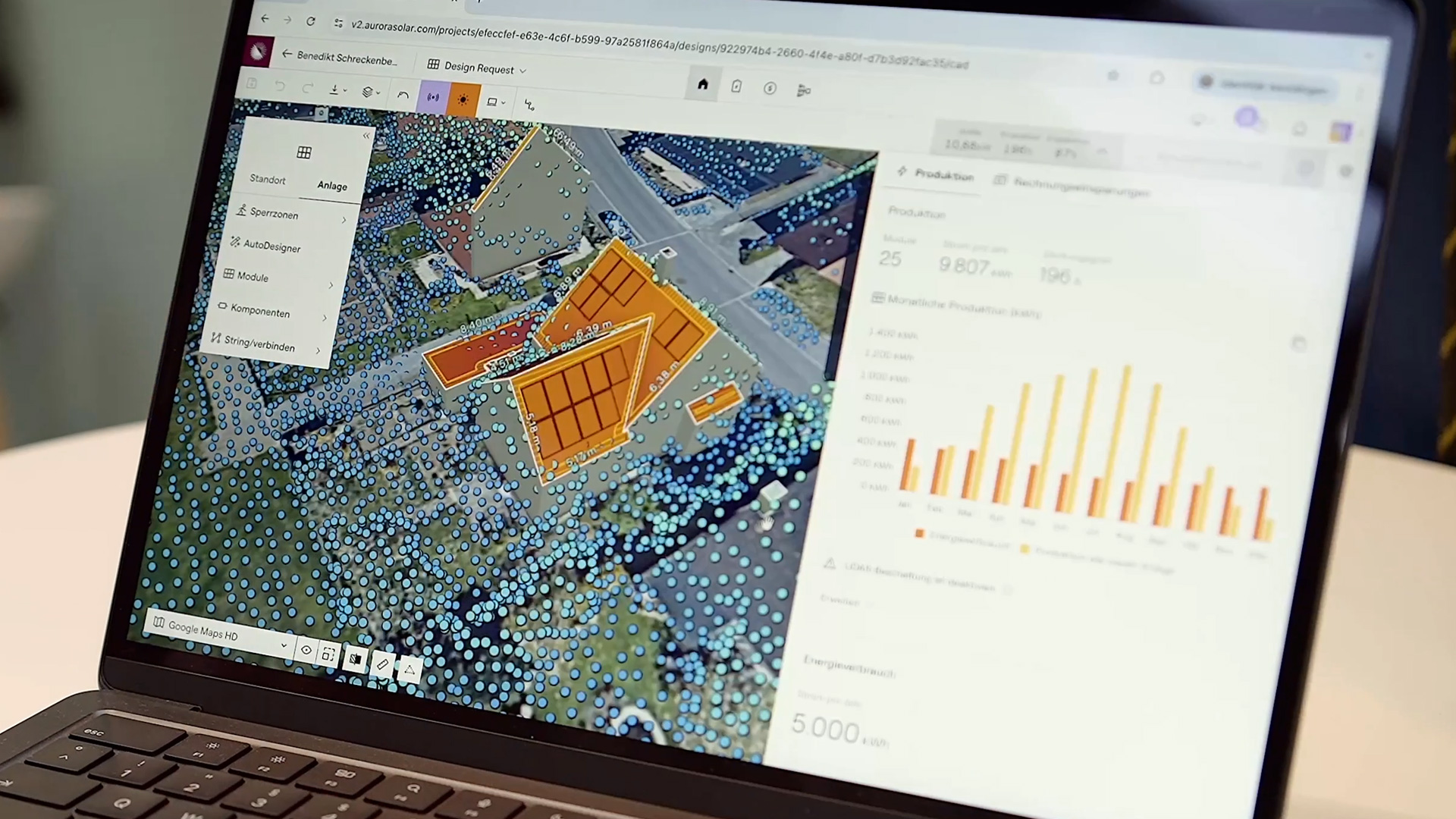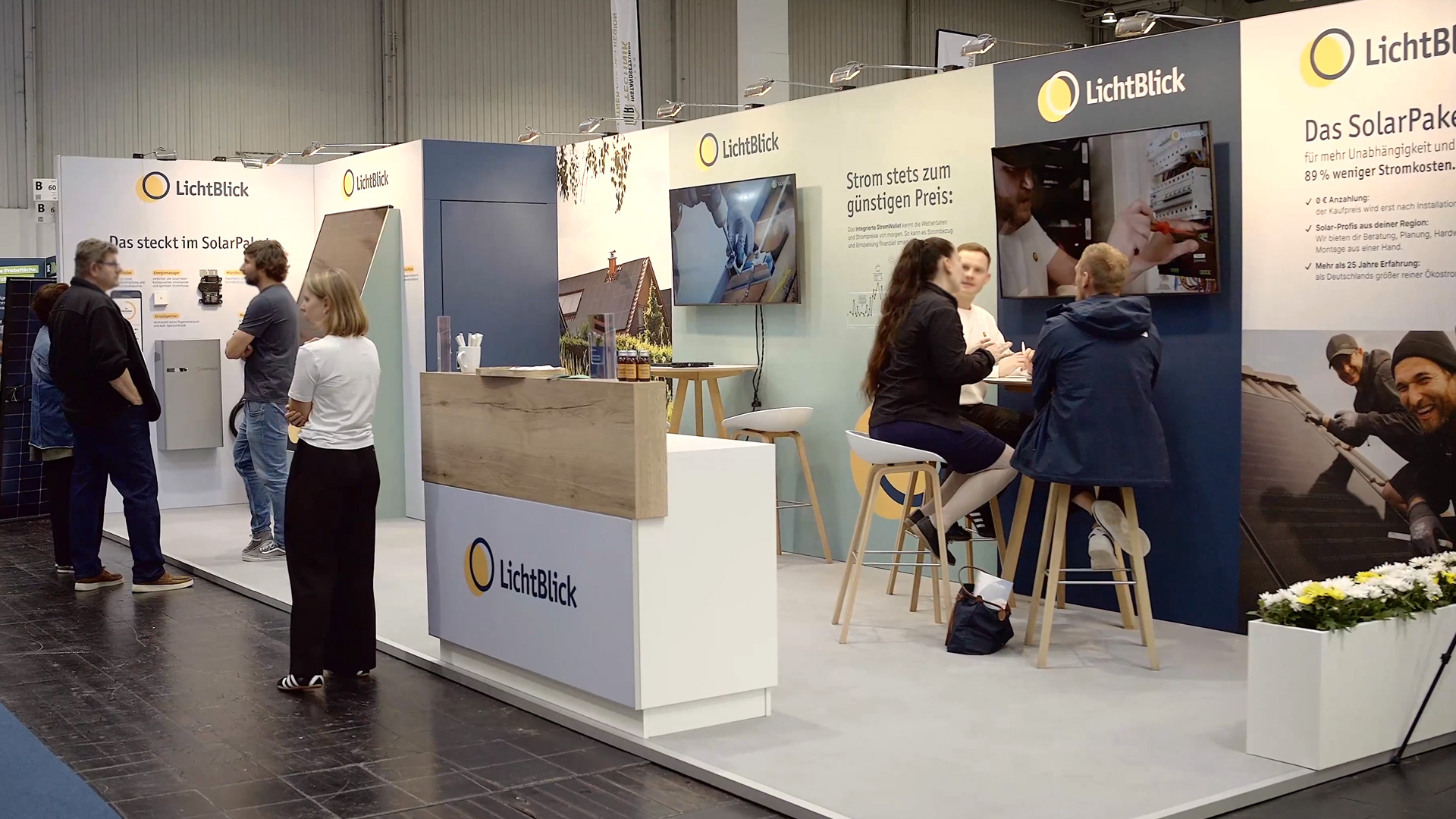At the trade fair, LichtBlick is presenting a well-thought-out solution for homeowners that combines sustainable energy generation, modern technology, and economic efficiency. The company, which has been a pioneer in green electricity since 1998, is launching a solar package that goes far beyond a classic photovoltaic system. It combines hardware, intelligent control, and dynamic electricity tariffs into a system that adapts energy consumption to real market prices and takes self-sufficiency with solar power to a new level.
LichtBlick is one of Germany's most experienced energy providers. Since the liberalization of the electricity market in 1998, the company has continuously developed innovative tariffs and sustainable solutions. With over a million energy contracts to date, LichtBlick is one of the established players in the market. Building on this experience, the company has formulated a goal: electricity production and consumption should no longer be viewed separately, but as part of an intelligent, integrated system. The solar package is at the heart of this strategy. It combines the technical components of a modern PV system—solar modules, micro inverters, and control units—with what has distinguished LichtBlick for almost three decades: tariffs that flexibly adapt to actual usage and market conditions. The result is a solution that intelligently combines electricity generation, consumption, and costs.

The LichtBlick solar package is more than a conventional PV system. It transforms every home into a small, decentralized power plant. In addition to the solar modules, the package includes an intelligent control unit and the Dynamic Pro tariff model, which takes electricity prices into account in real time. This allows solar power to be used optimally – own consumption and grid feed-in are dynamically regulated. An average photovoltaic system covers around 70 percent of a household's electricity needs. But what happens to the remaining 30 percent when the sun isn't shining? This is exactly where LichtBlick comes in. The dynamic tariff supplements solar power consumption with low grid tariffs, the price of which is based on hourly stock market prices. Customers benefit from low electricity costs without having to sacrifice comfort.

A technical highlight of the solar package are the micro inverters, which operate at the module level and convert energy independently of each other. This design increases efficiency, as electricity continues to be produced even in partial shade. Thanks to their low start-up voltage, the devices start up even in diffuse light and only stop producing electricity in very low light conditions. This extends the daily operating time of the system – a clear advantage over conventional systems. In addition to technical performance, LichtBlick attaches great importance to the durability and future-proofing of its systems. Customers not only receive a modern solar system, but also the guarantee of working with a partner that has been a reliable market player for decades. While many providers have only been offering photovoltaic products for a few years, LichtBlick can point to over 25 years of experience in the energy industry – a decisive difference, especially with regard to service and maintenance over the entire service life of the system.

At the trade fair, LichtBlick will be presenting its solar package for visitors to touch and feel: visitors will be able to examine modules, inverters, and other components directly. In addition, the company offers 3D consulting, in which visitors' own homes are digitally visualized and solar modules are virtually installed on the roof. This makes it immediately apparent what the system will look like later and how much yield it can generate. This clear consultation makes the decision transparent and shows how the solar package can be optimally integrated into the individual living situation – technically, visually, and economically.
With its solar package, LichtBlick supports homeowners on their way to a climate-neutral energy supply. The combination of self-generated solar power, dynamic tariffs, and intelligent control reduces grid consumption, costs, and CO₂ emissions at the same time.